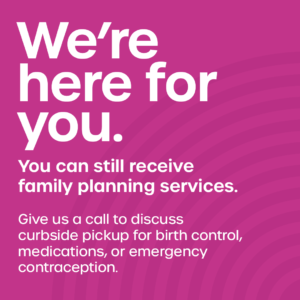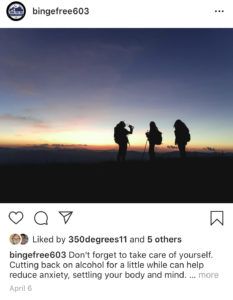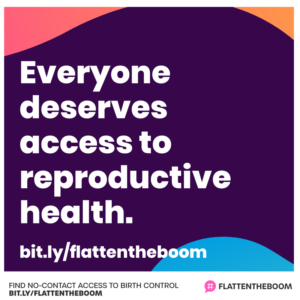How we’re helping clients communicate about COVID-19
Our Health Communication team has transitioned to a new way of working. Instead of meeting each day in our office, we have been fortunate to continue our work remotely, coming together over Zoom, Slack, and chat. Our commutes are shorter, but we’re managing additional (simultaneous) responsibilities, like homeschooling and caregiving. As we’ve changed how we work, we’ve also adapted the work we do for our clients and partners to better support their current needs, related to COVID-19.
Being nimble, flexible, and creative is how we as communicators, strategists, and trainers are helping our clients to support their communities (often the most underserved) around the U.S. In a previous blog post, we shared six examples of effective COVID-19 messaging we’ve spotted over the last few weeks. Today we’re sharing a few ways our health communication team has shifted to supporting our clients as they communicate about COVID-19—alongside other prevention messages—with communities throughout the U.S.
Helping Communities Access Reproductive Health Services

We created a social media toolkit featuring messages and graphics that could be adapted and shared by family planning providers to communicate with their clients about how to access reproductive health services for the JSI-led Family Planning National Training Center (FPNTC). Sample content is helping community health centers and other Title X sites provide information about telehealth options, curbside pickup for contraceptives, and STD testing.
Reducing Substance Misuse during COVID-19
For many of projects, we’ve shifted our focus to not only support health behavior change, but to also include resources that take into account the many challenges of the current situation (like loneliness and stress). For our campaign designed to decrease substance use, Binge-Free 603, we revised our digital media content, including our websites and social media, to emphasize the importance of mental and physical health during this time of isolation and stress. While we’re still working to help youth in New Hampshire reduce their binge drinking, we’re also aware that they may be using these same substances to cope with anxiety. In response, we’ve increased the amount of content we share encouraging mental health care, including sharing local resources.
Supporting Family Planning From a Distance

It started at a Zoom happy hour when three team members were talking about the potential baby boom following shelter-at-home orders. Condom shelves were bare, clinics were closed to all but emergency services, and many states were restricting abortion services. How could they let people who wanted to stay safe at home and remain on their birth control know about resources such as telemedicine visits and mail-order supplies?
Just like that, Flatten the Boom (#FlattentheBoom) was, well, conceived. The meme-based social media campaign continues to evolve, as images play off of current trends and topics—like toilet paper shortages and Tiger King—let people know that free birth control is available. Each image shared on Twitter and Instagram includes a link to a clinic finder to help people find local sexual and reproductive health service providers. Many health care providers are using telehealth, curbside pickup and mail delivery of supplies to meet patient needs, and Flatten the Boom is helping to make that information accessible.
What’s Next?
Truthfully, it’s hard to plan for the future while news continues to shift by the hour. Our health communication team continues to work closely with others at JSI to stay up-to-date on COVID-19 so we can continue to design health communication approaches that support our clients during this time. Read more about JSI’s domestic and international work in response to COVID-19.
If you’d like to learn more about our work in response to COVID-19 or would like to work together, please contact us.
